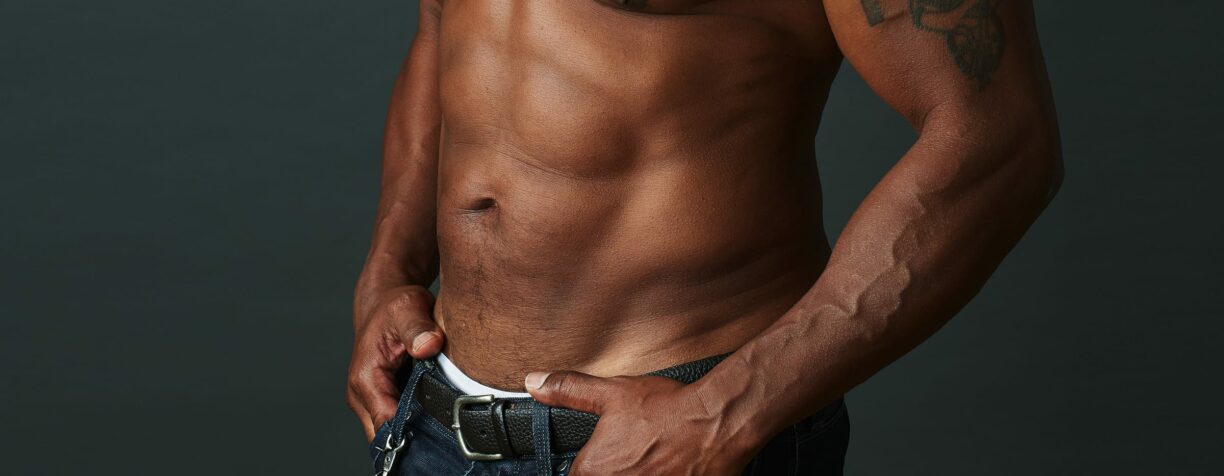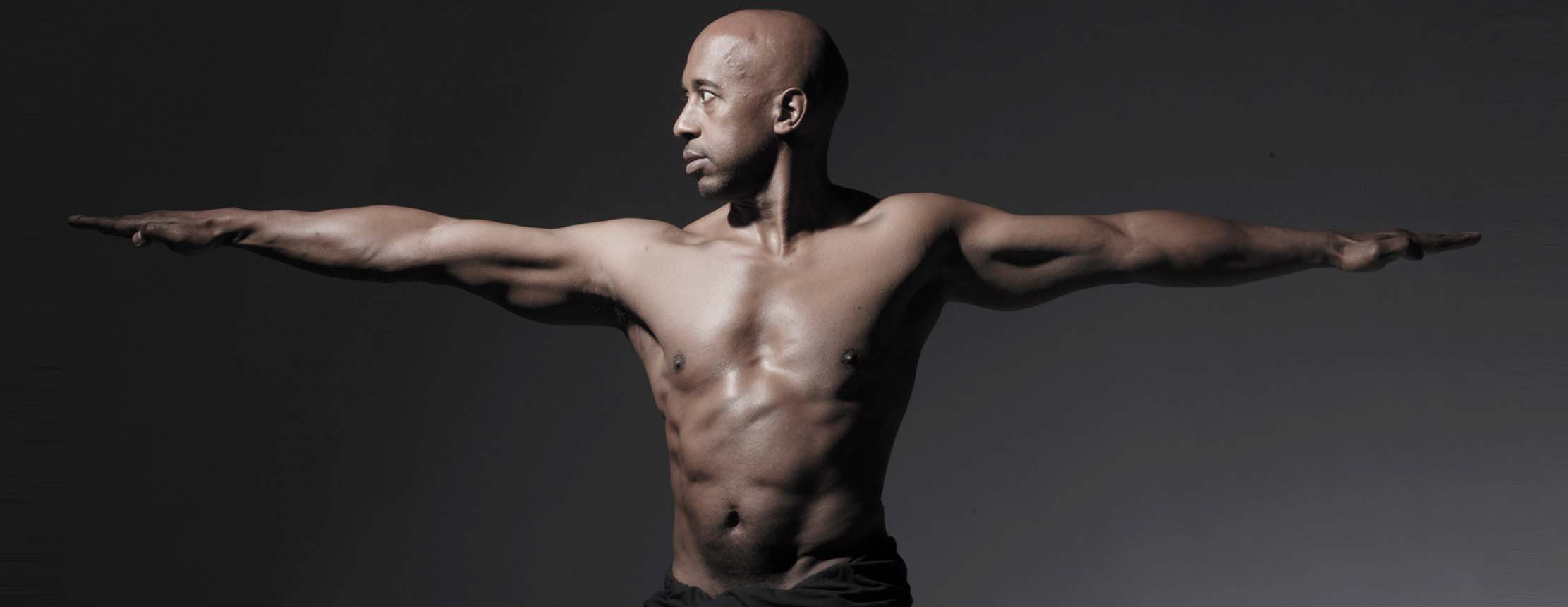MY BODY might be less than my perfect, but is that “perfection” an ephemeral changing ideal? I have spent my entire life doing what I do, and I have literally torn up the rule book of exercise and successfully developed a proven training program worthy of champions and Greek Gods.
Men’s obsession with muscles has always been there, and the idea that one day “perfect” will be whatever body you naturally have is not likely to be any time soon.
That said, it’s never been easier to get the “perfect body”—with filters and Photoshop. It’s pretty much what the ancient Greek sculptors did with their statues, sculpted in such a way to make them appear more oversized and more fit than is anatomically possible.
Historically it reveals that our idea of a beautiful physique was never reasonable, even in antiquity, where the male physique was so enhanced.

One of the best examples of this is how sculptors exaggerated the Adonis belt, the V-shaped groove that runs under the six-pack. It is carved in stone wrapped around the entire body of the statue, but that’s not what it does on the actual human body. Rarely can an athlete or a bodybuilder achieve a form like that, but that doesn’t deter guys from trying.
Leonardo Da Vinci illustrated what he saw as the perfect male body with his drawing of the Vitruvian Man. The circle and square surrounding the man weren’t just for extra decoration; they held the deep meaning of all things divine and cosmic.
Charles Atlas gave us the idea that physical size could provide you with confidence, and nobody would mess with you. It was a powerful message that began the trend towards men wanting to build up their physiques.
Atlas was once a 97-pound guy who got tired of getting bullied all the time. So, he began to work out, came up with the term “Dynamic Tension” (a form of primarily isometric exercises) and eventually became a powerful icon. During the hard times of the 1930s and ’40s, people loved Atlas’ story.
What is the Adonis belt?
The Adonis belt –refers to two V-shaped grooves on the abdominal muscles alongside the hips. This feature of the abdominal muscles takes its name from Adonis, the legendary god of fertility, youth, and beauty.
The two shallow grooves of the Adonis belt are ligaments rather than muscles. A thick band of connective tissue runs through the external oblique abdominal muscles, across the groin, and into the front portion of the iliac spine.
Does everyone have an Adonis belt?
Everyone can develop the Adonis belt. Genes do play a factor in influencing the size, shape, and symmetry of the abdominal region. However, everyone can work the muscles around it to make it more visible.
People with less body fat are more likely to have a visible Adonis belt, while powerful and fit people might not. Instead, the Adonis belt is associated with body fat.
All those guys in my gym who spend hours each day on abdominal exercises may still not develop an Adonis belt or any other visible sign of abdominal strength because their body fat ratio is too high.
The percentage of body fat needs to be below 13 percent for the Adonis belt to make an appearance. Sadly, the fact is that it is impossible to reduce fat in a particular area of the body with targeted exercise.
As a Coach, I use a holistic approach – mental, spiritual and physical – and lifestyle adaptions to improve my clients’ health.
I teach that there are no shortcuts to achieving an overall sense of wellbeing and, believe it or not, the Adonis belt is a consequence of living right.
